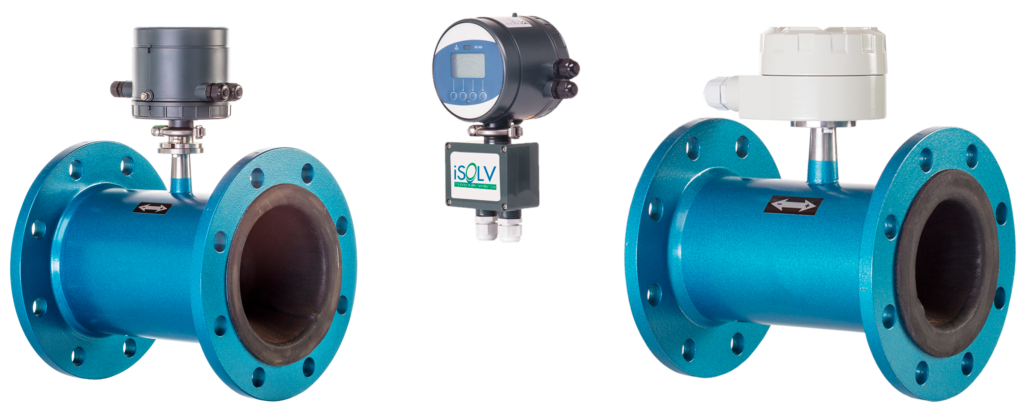Measuring the flow of liquid within a pipe is extremely important for a variety of different manufacturing operations. To do this requires an electromagnetic flowmeter. This piece of equipment utilizes Faraday’s Law of Electromagnetic Induction to understand flow rates. Data from electromagnetic flowmeters then tie into various processes and procedures.
Despite their exceptional function, however, electromagnetic flowmeters are subject to faults caused by myriad variables. If a business depends on these devices for any part of its operations, ensuring units don’t succumb to these faults is critical. Here’s a look at some of the most common types and their catalysts.
Installation faults
As with all sensitive equipment pieces — particularly those dealing with weights and measures — improper installation or poor calibration can taint the accuracy of flowmeters from the outset. Not securing flanges or failing to ground the meter causes immediate problems and will likely result in inconsistent readings right from the get-go.
Similarly, choosing a poor location for installation could doom an electromagnetic flowmeter to failure before the installation is even complete. Most flowmeters require horizontal straight pipe installations with flow conditioners nearby to produce accurate reliable readings.
Environmental faults
Because of the grounding required, electromagnetic flowmeters are susceptible to environmental interference from several key electrical detractors. They should always include shielding protection to combat general interference, as well as separate grounding to protect against stray current interference.
Other environmental issues can be more easily avoidable, such as not welding around the general vicinity of a flowmeter. Additionally, don’t install transformers near electromagnetic flowmeters and vice-versa.
Fluid inconsistencies
Though electromagnetic flowmeters are praised for their accuracy despite fluid conditions, they can still be subject to errors when fluid pressure becomes wildly inconsistent or in the presence of air pockets and bubbles. This, coupled with pulsations or irregular flow patterns will likely result in erratic flowmeter readings.
Slurry is also problematic and can incite faults. Media need to be fully mixed to produce consistent readings from the flowmeter and operators must select proper electrode materials to make sure readings are accurate.
Operational Faults
Finally, operational faults are those generally attributed to the maintenance of and interaction with the flowmeter. Poor sensor maintenance, improperly maintained flow lines, and other such oversights generally lead to poor performance by flowmeters, and operators must remedy them with proper action.
The foresight to prevent faults
Understanding the primary causes of faults in electromagnetic flowmeters is the first step toward ensuring smooth, consistent, reliable operation from these devices. Pay close attention to flowmeter conditions at all stages of operation (installation, maintenance, repairs, audits) and be cognizant of variables that may impact flowmeter functionality.
Rather than a lengthy troubleshooting process, you could find the answer to proper flowmeter function by examining the potential for faults in the areas outlined here.
